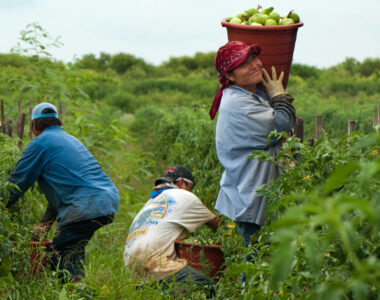
What We Know Now
Congress failed to pass a funding bill for the new fiscal year, which triggered a partial federal government shutdown on October 1, 2025. As a result, USDA furloughed nearly 42,000 employees, about half its workforce.
USDA continues essential services like food safety inspections and animal disease surveillance, but it has suspended many other operations. These include market reports, data collection, farm research programs, and new loan processing. The government shutdown’s effects on farmers are immediate, as they lose access to critical information and services.
How Nutrition Programs Will Be Affected
The shutdown also disrupts nutrition programs:
- SNAP (food stamps): The program continues temporarily with emergency funds.
- WIC (Women, Infants, and Children): This program could see disruptions within a week if the shutdown persists.
- School and child nutrition programs: States may keep these going briefly, but funding delays will create interruptions if the shutdown lasts.
Because USDA furloughed thousands of workers, many administrative tasks already slowed. Families relying on benefits may feel the strain quickly.
Government Shutdown Affects on Farmers
The government shutdown Affects on farmers appear across multiple fronts:
- Lost data: USDA suspended critical reports, including crop progress and export sales. Without these numbers, farmers face greater risk when making planting and pricing decisions.
- Delayed assistance: The Farm Service Agency halted many new loans and slowed disaster relief. Farmers waiting for funds now face uncertainty.
- Stalled research: USDA research centers paused projects, cutting off updates and innovation farmers depend on.
- Supply chain stress: Delays in inspections or approvals can ripple into processing and export markets, slowing operations further.
What Farmers Can Do
Farmers still have steps they can take during the shutdown:
- Use alternative data sources: Private market reports and local co-ops can help fill the gap.
- Stay connected with local offices: Some USDA offices may still handle limited services.
- Plan ahead financially: Extra savings and diverse revenue streams reduce risk when federal support pauses.
- Build direct sales: Selling directly to local consumers offers stability when larger markets feel uncertain.
Summary
The government shutdown’s effects on farmers go well beyond Washington politics. Farmers now face lost data, slower payments, and uncertainty in markets just as critical decisions come due. Nutrition programs also risk disruption, placing stress on families across the country. The longer the shutdown lasts, the harder it becomes for farms and rural communities to stay resilient.



